Chemistry and Chemists № 2 2025
Journal of Chemists-Enthusiasts
| Content | Chemistry experiments - video | Physics experiments - video | Home Page - Chemistry and Chemists |
|
Chemistry and Chemists № 2 2025 Journal of Chemists-Enthusiasts |
Crystallization of Supercooled Acetic Acid: Metamorphoses of Experiment - pt.3, 4 Chemist |
|
Having noticed a mistake in the text, allocate it and press Ctrl-Enter
The next day, I came to the laboratory. The windows were covered with frost on the inside, and the thermometer read 2°C. Yet, the acetic acid in the bottle had not frozen, even after remaining in this room for a full day.
I gently shook the bottle, but no crystallization occurred. I then removed the stopper and reached for a glass rod to rub against the inner walls. However, I never got the chance to use it - crystallization began the moment I opened the bottle. The process started on the surface of the liquid and rapidly moved downward. Within seconds, all the acid had transformed into a solid white mass. I sealed the bottle and turned it upside down. At first, it seemed as though the entire contents had frozen. The brown glass of the bottle made observation difficult, but I soon discovered that a small amount of liquid remained - several milliliters of acetic acid had not frozen. I realized this when the liquid unexpectedly leaked onto my hands through a loose stopper. The incomplete freezing of the acetic acid can be explained by the presence of water as an impurity. The unfrozen liquid was an aqueous solution of acetic acid with a freezing point below 2°C. To remove this water impurity, the remaining liquid could be drained. I brought the bottle into a warm room and placed it near a heater. Once the acid had melted, I returned the bottle of glacial acetic acid to the cold laboratory and left it for an hour. During this time, the acid did not freeze. I carefully shook the bottle, but crystallization did not begin. To trigger crystallization, I needed to open the bottle and introduce a glass rod. Just then, a loud air raid siren sounded. The sudden siren distracted me for a few seconds - I didn't even manage to touch the bottle. In theory, I was supposed to head to the shelter. However, after three years of routine missile and drone attacks, air raid sirens had become background noise. It would be far too much honor for those missiles and drones if I were to abandon my experiment because of them - especially when I had supercooled acetic acid waiting on my desk. So, I went back to work. When I looked at the bottle again, I noticed that some of the acid had already crystallized - I had missed the exact moment when the process began. A few seconds later, all of the acid had solidified. Interestingly, the crystallization of the supercooled acetic acid had started without any clear trigger. While it's possible that the loud siren somehow initiated the process, I find this unlikely. Although the experiment was successful, the brown glass of the bottle made observation difficult. To improve visibility, I melted the frozen acid and transferred it into a colorless glass flask. After sealing the flask, I left it overnight in the cold lab. In the morning, I returned, and the acetic acid... |
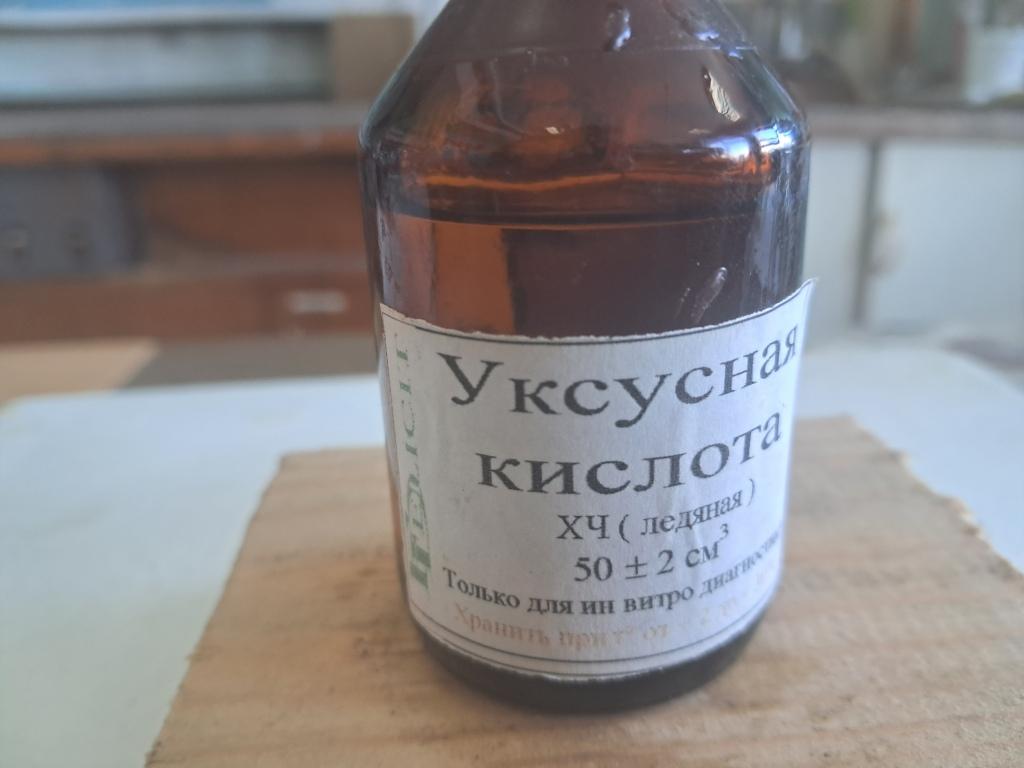
Crystallization of supercooled acetic acid |
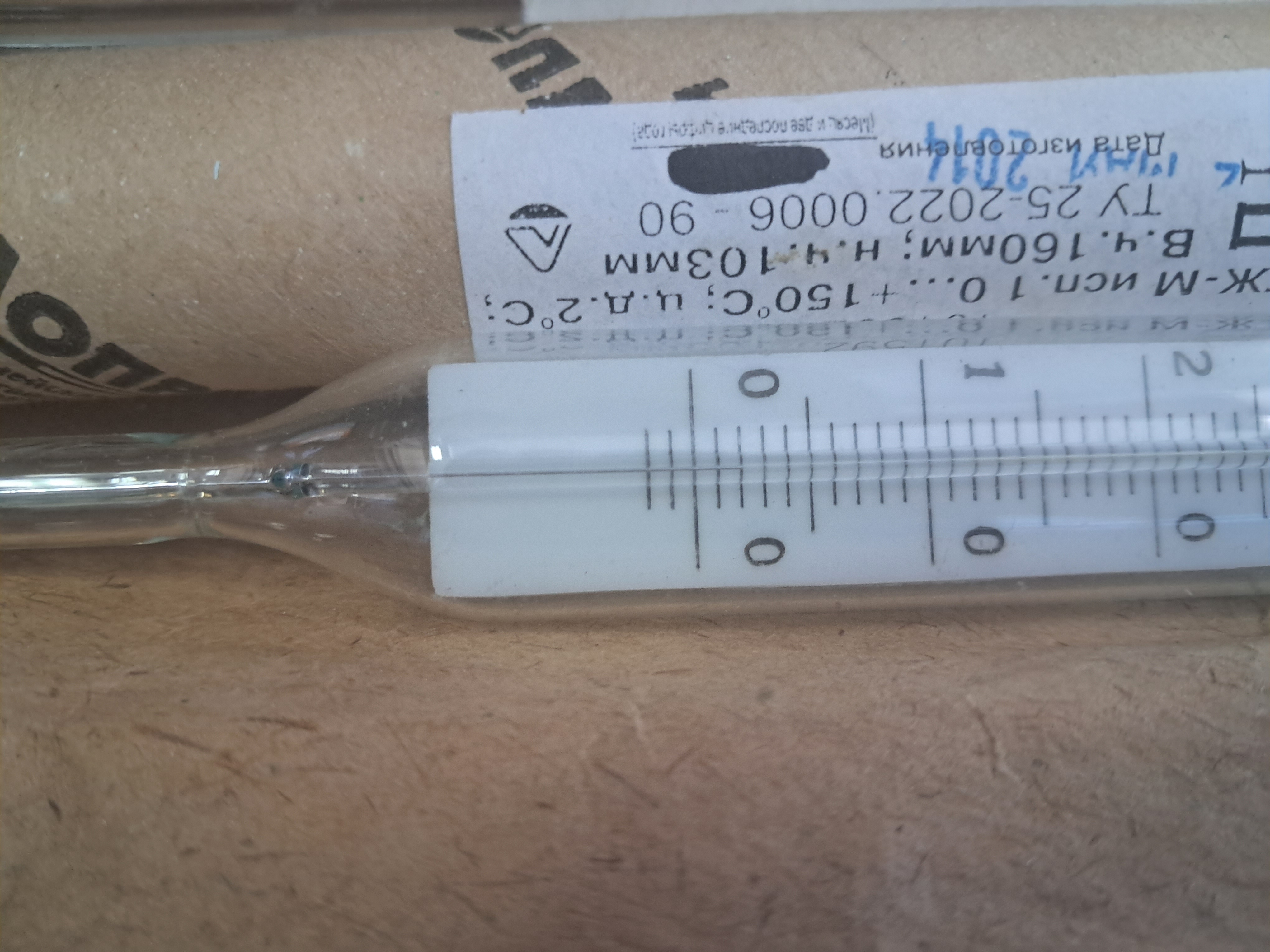
|
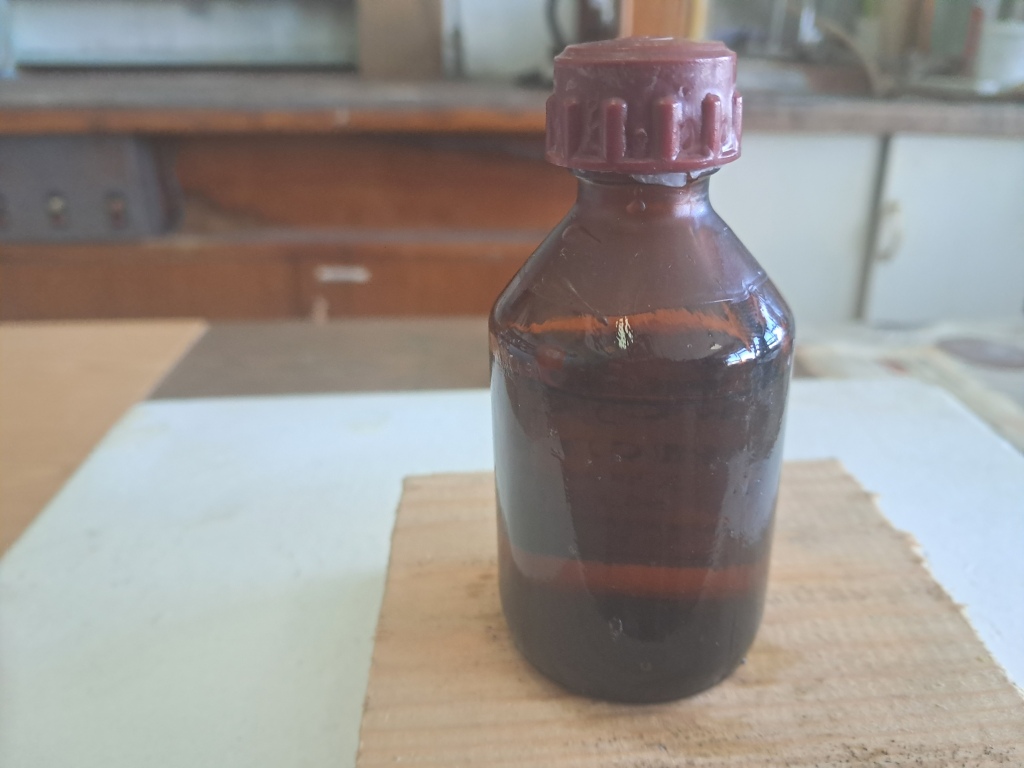
|
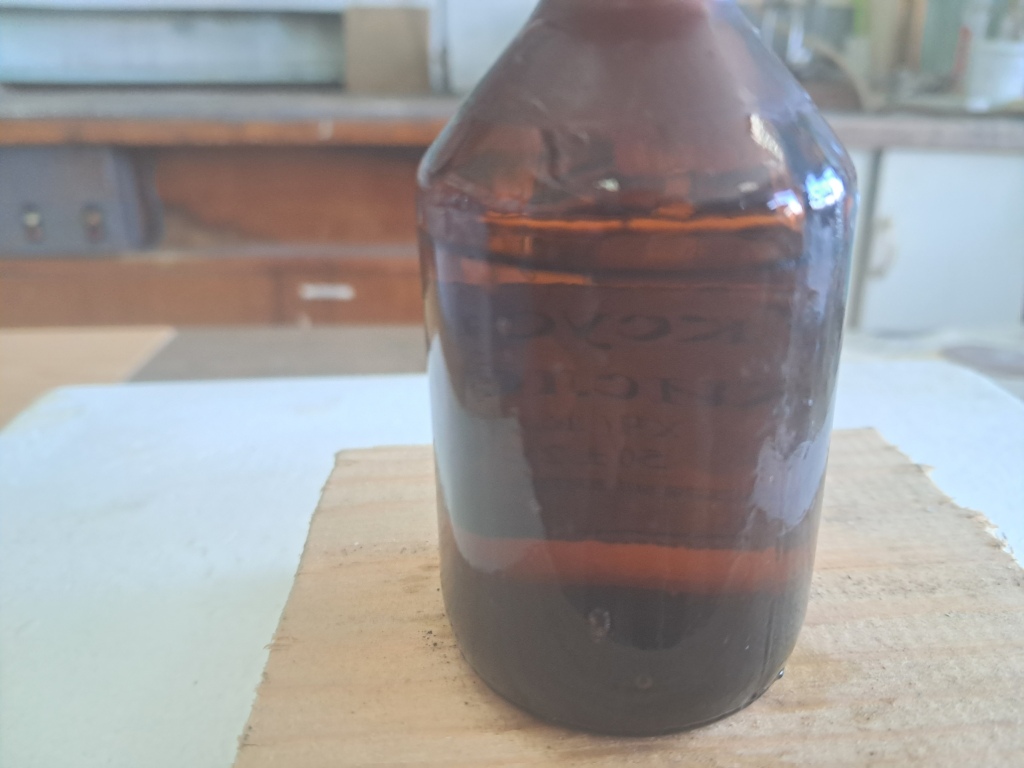
|
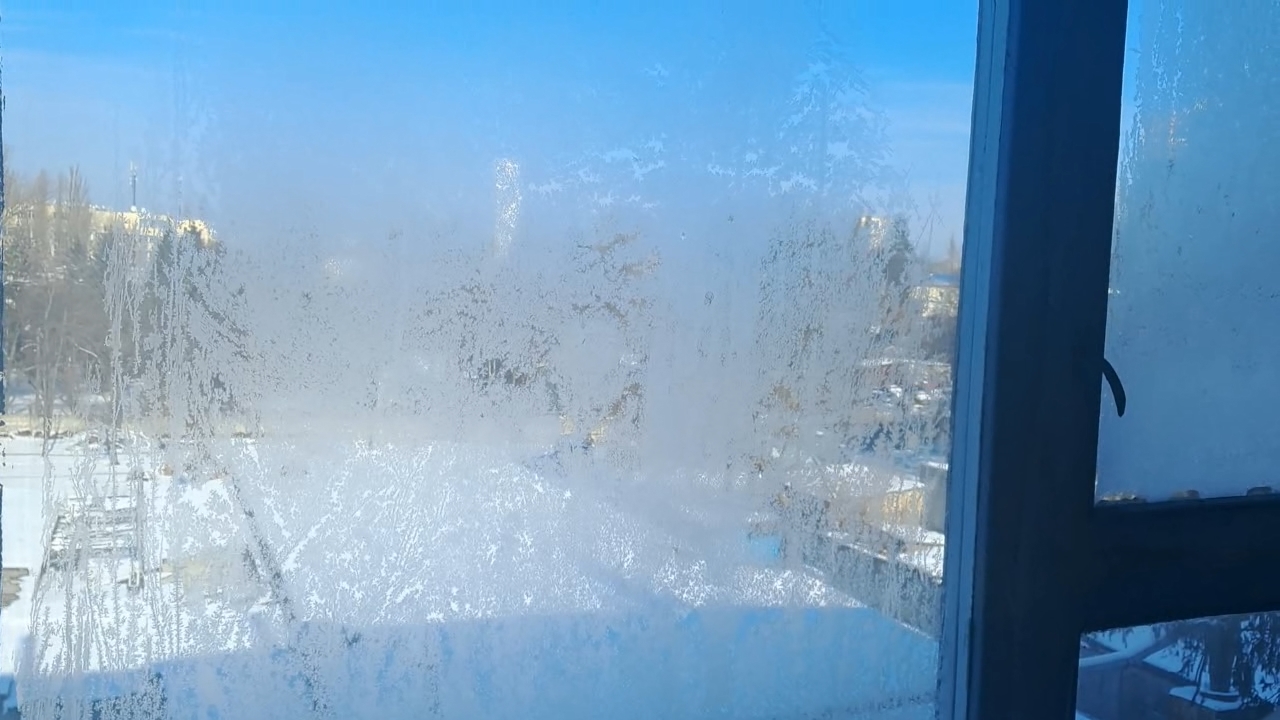
|

|
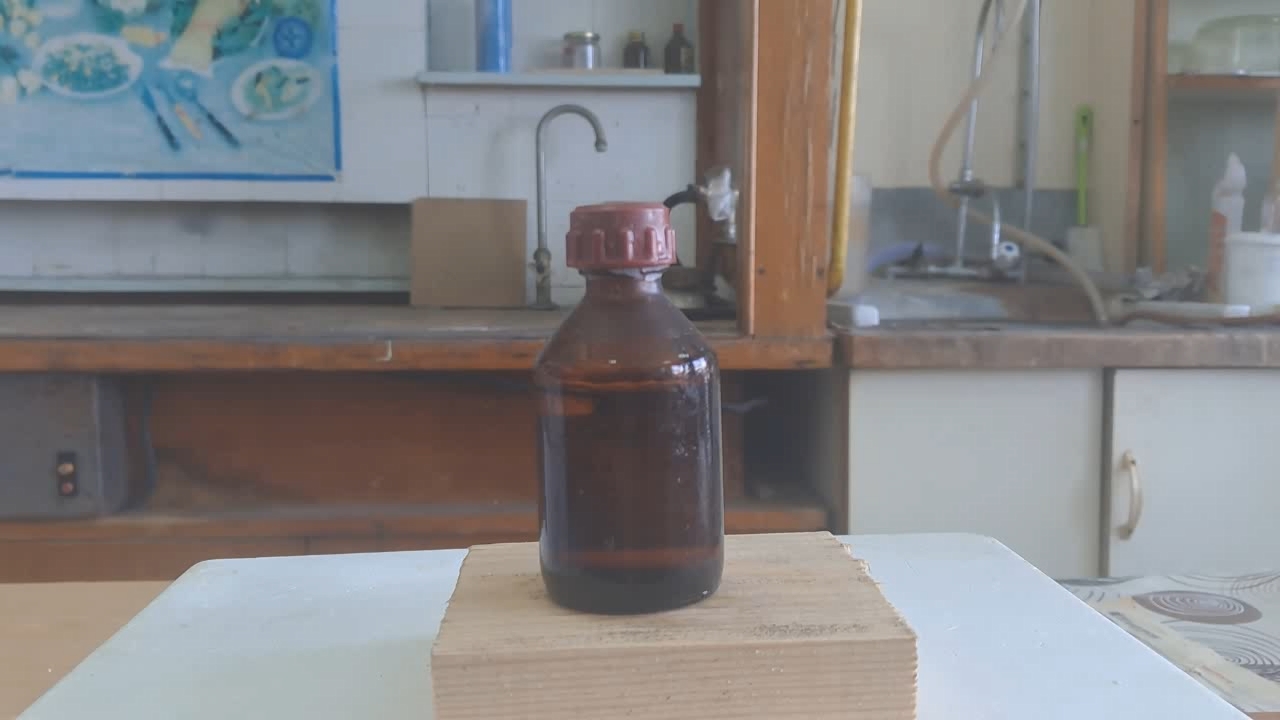
|
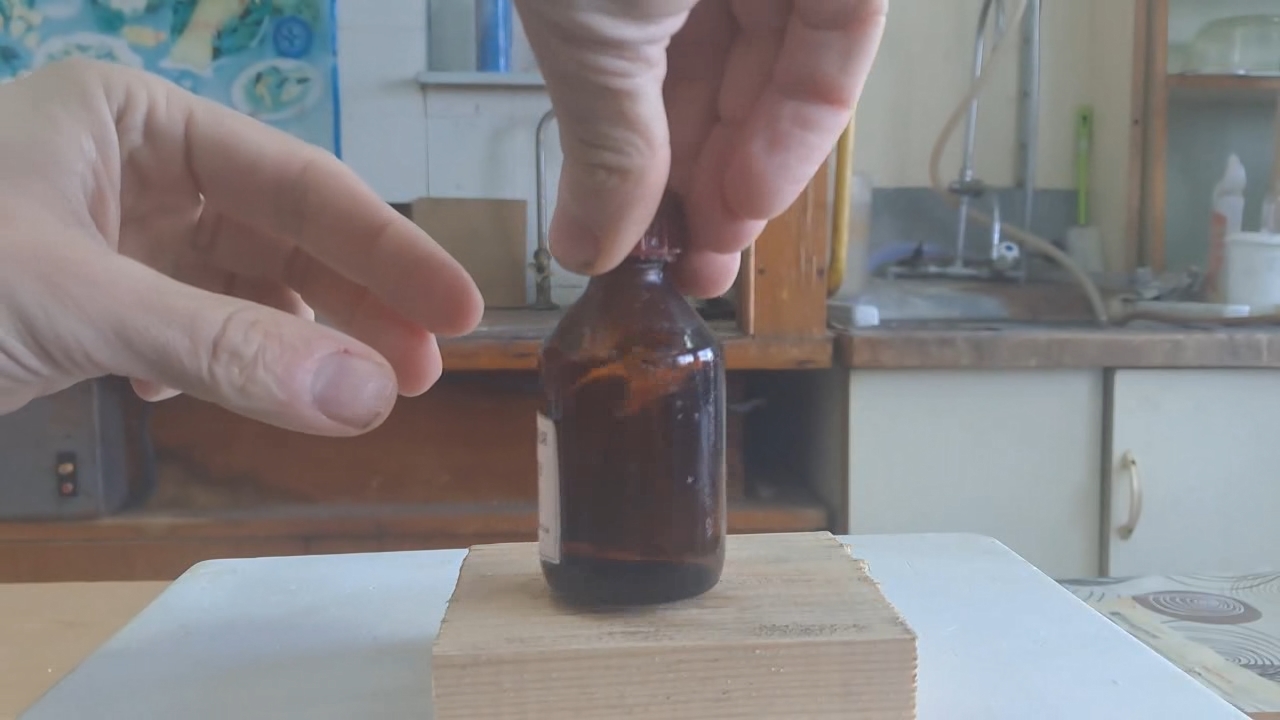
|
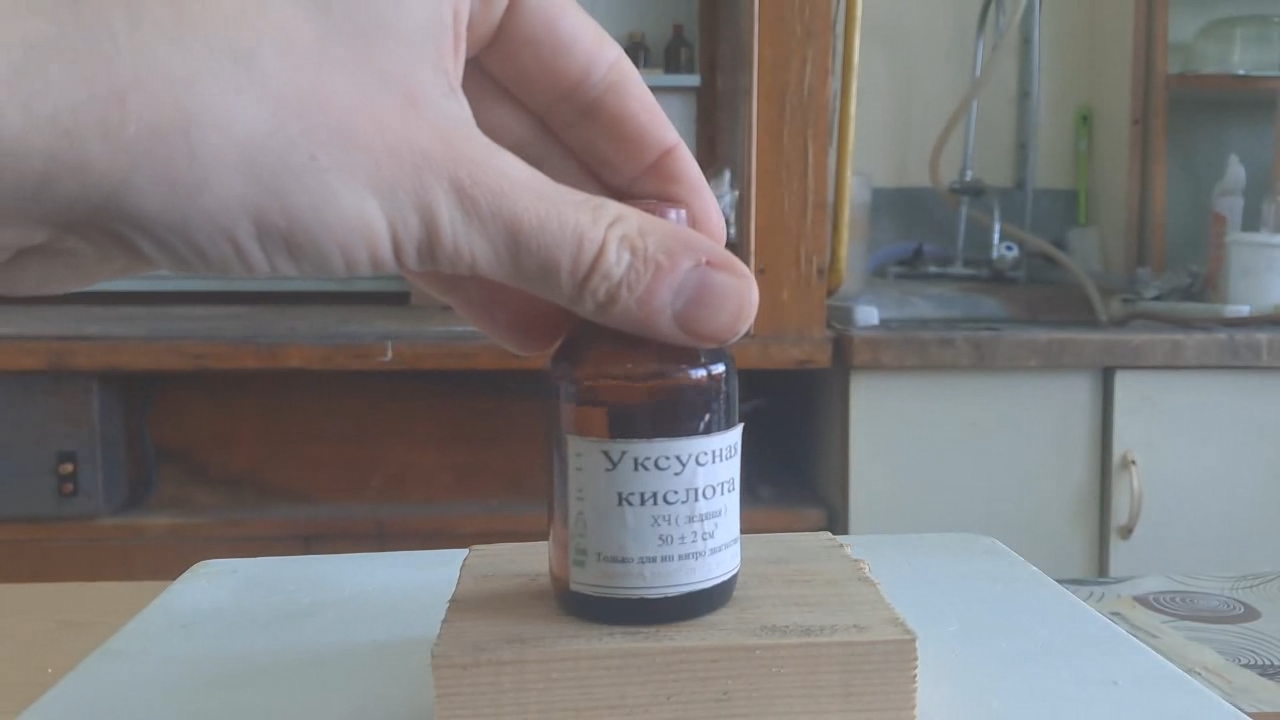
|
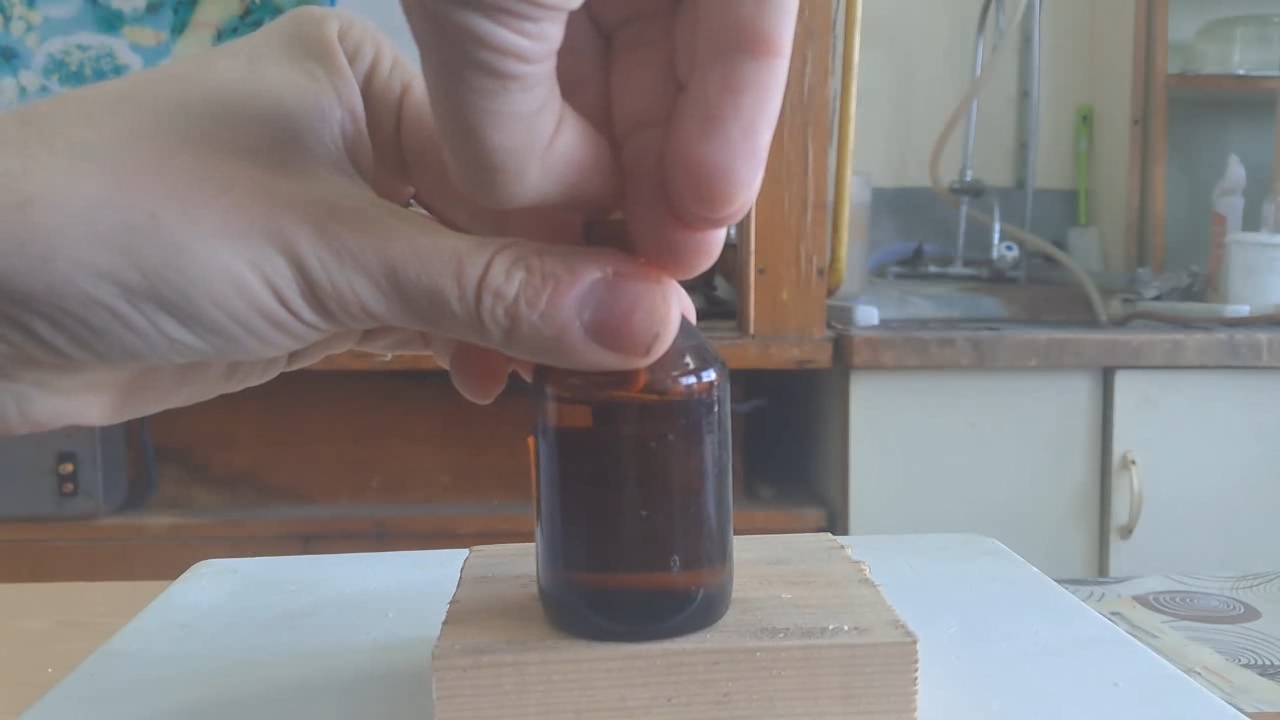
|
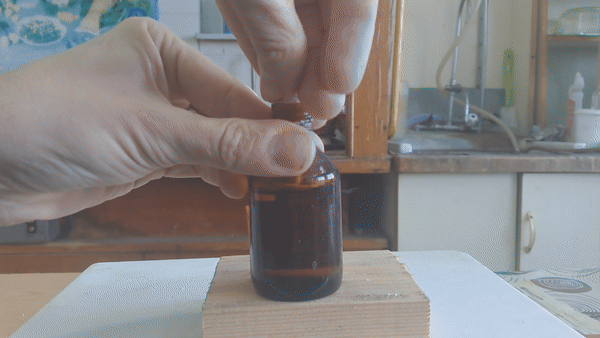
|
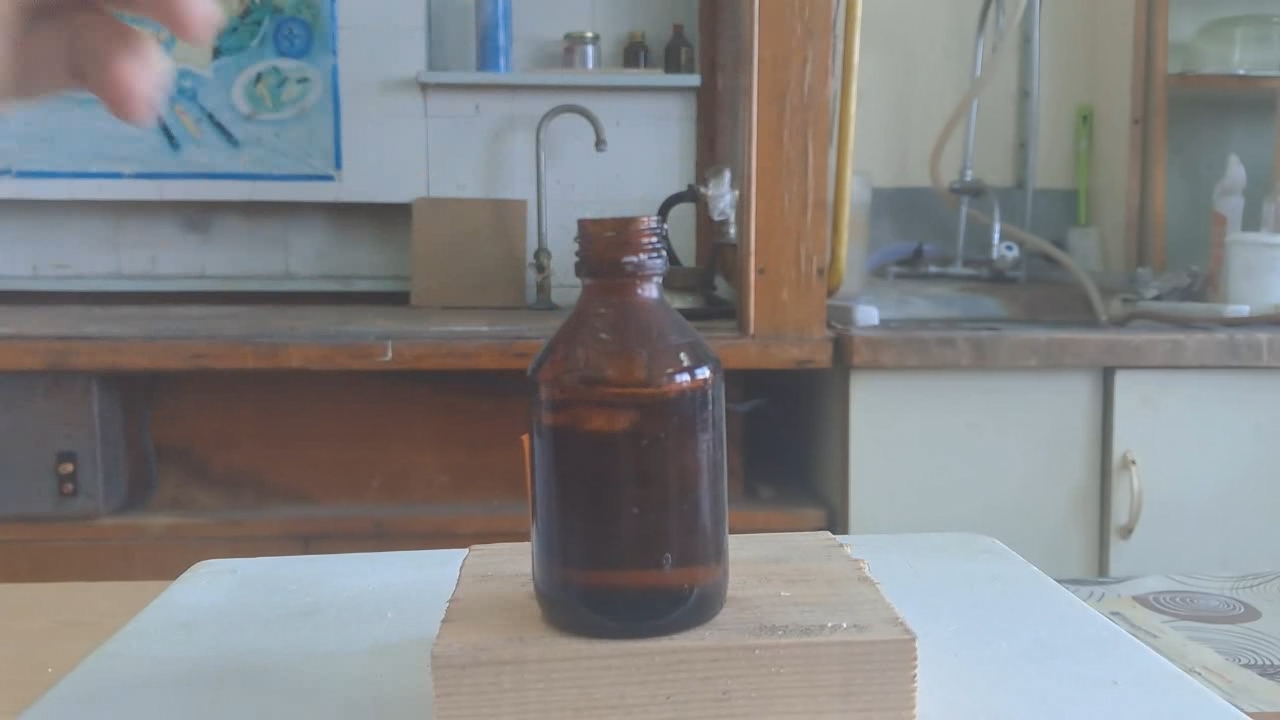
|
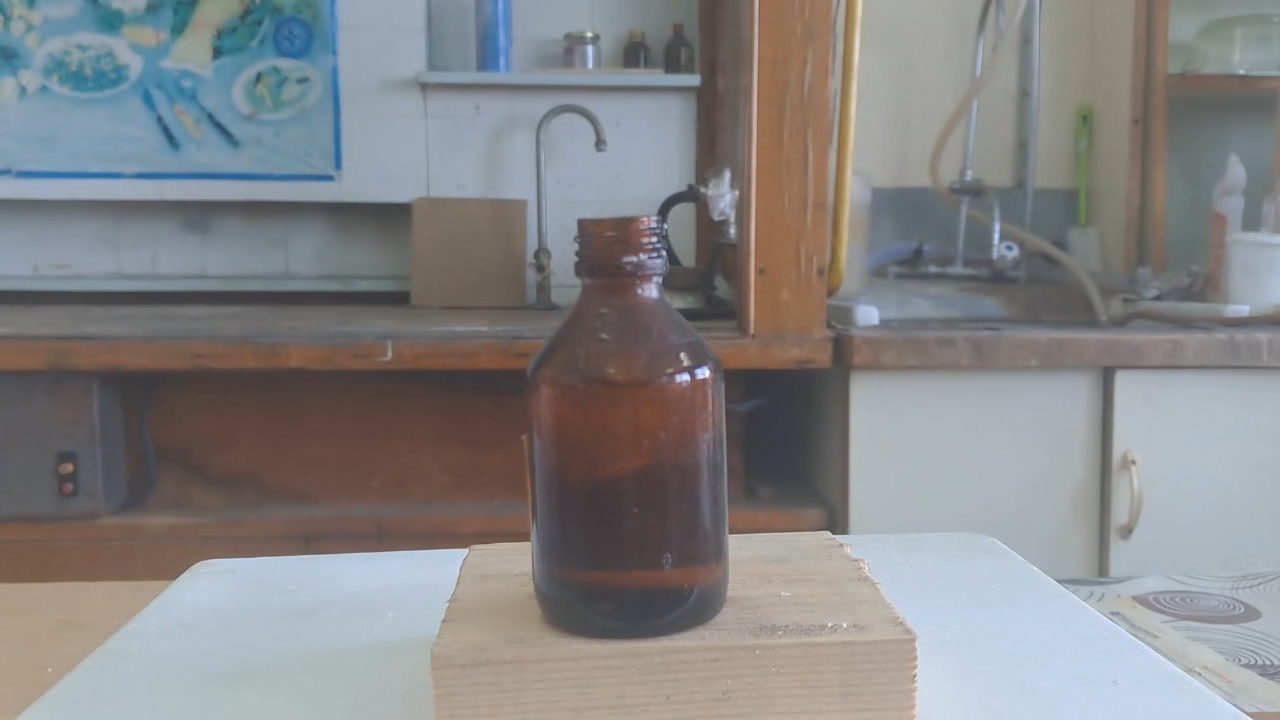
|

|
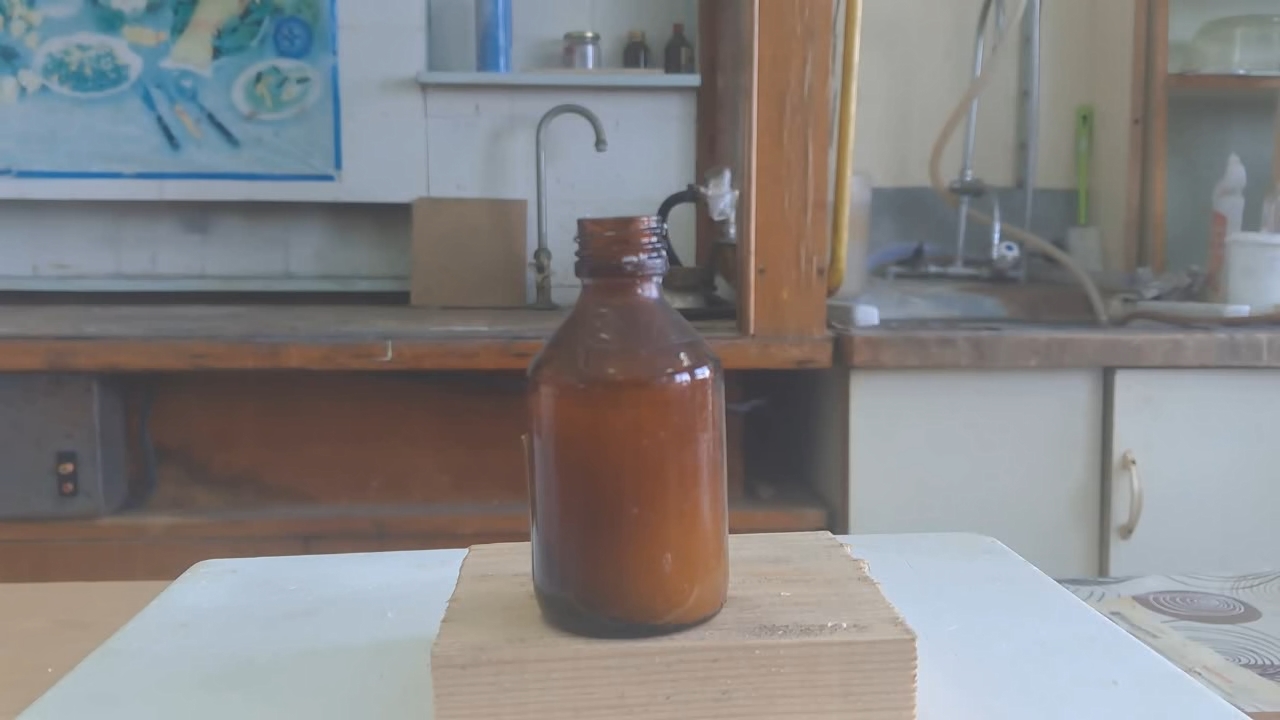
|
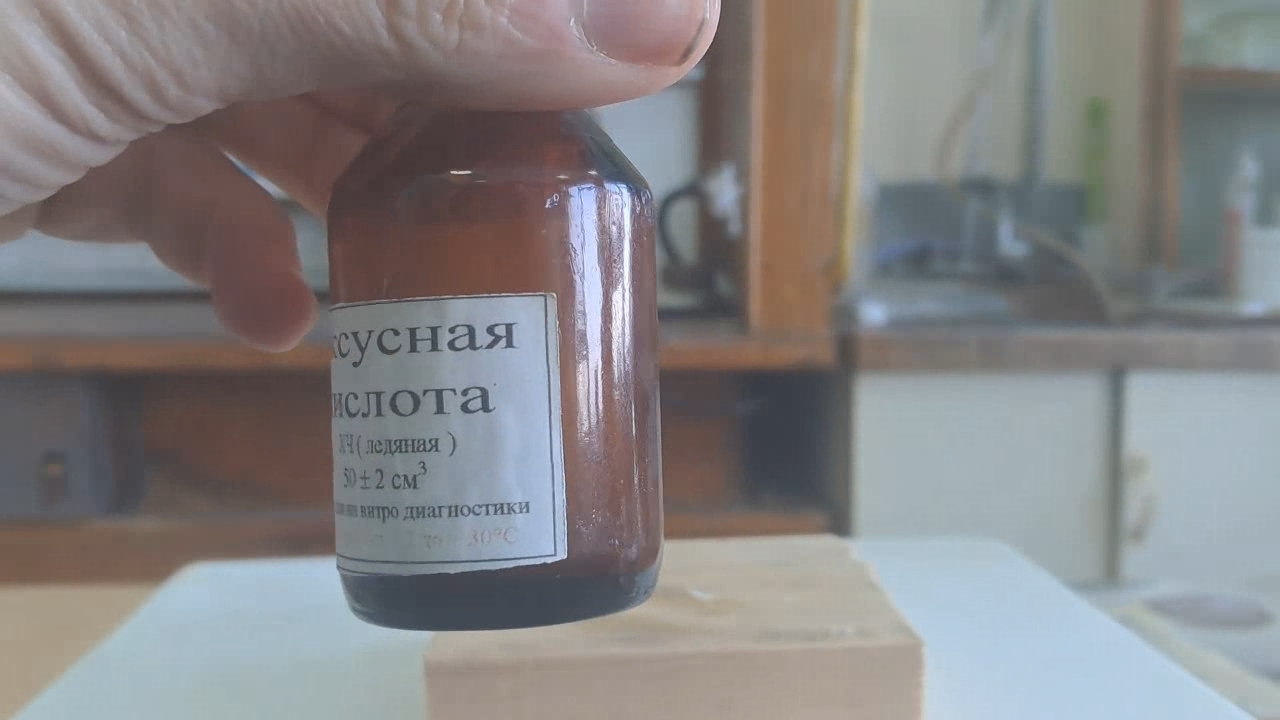
|
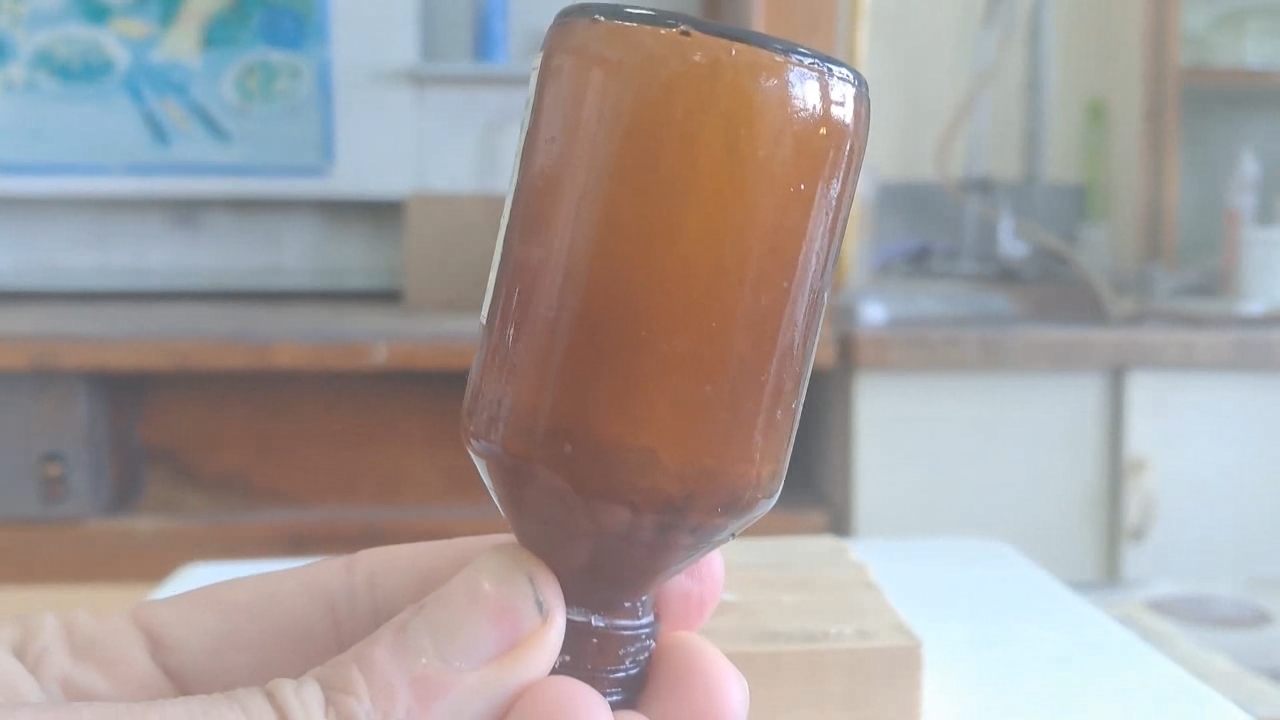
|
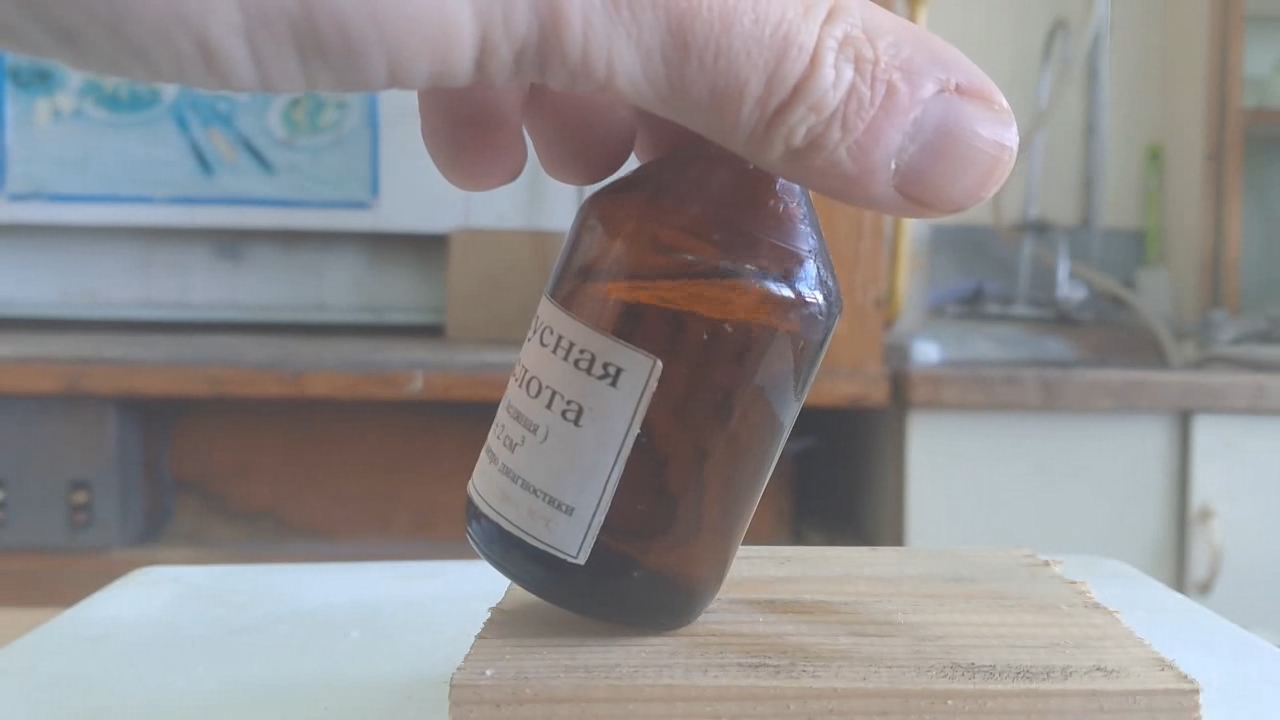
Crystallization of supercooled acetic acid (the second attempt) |
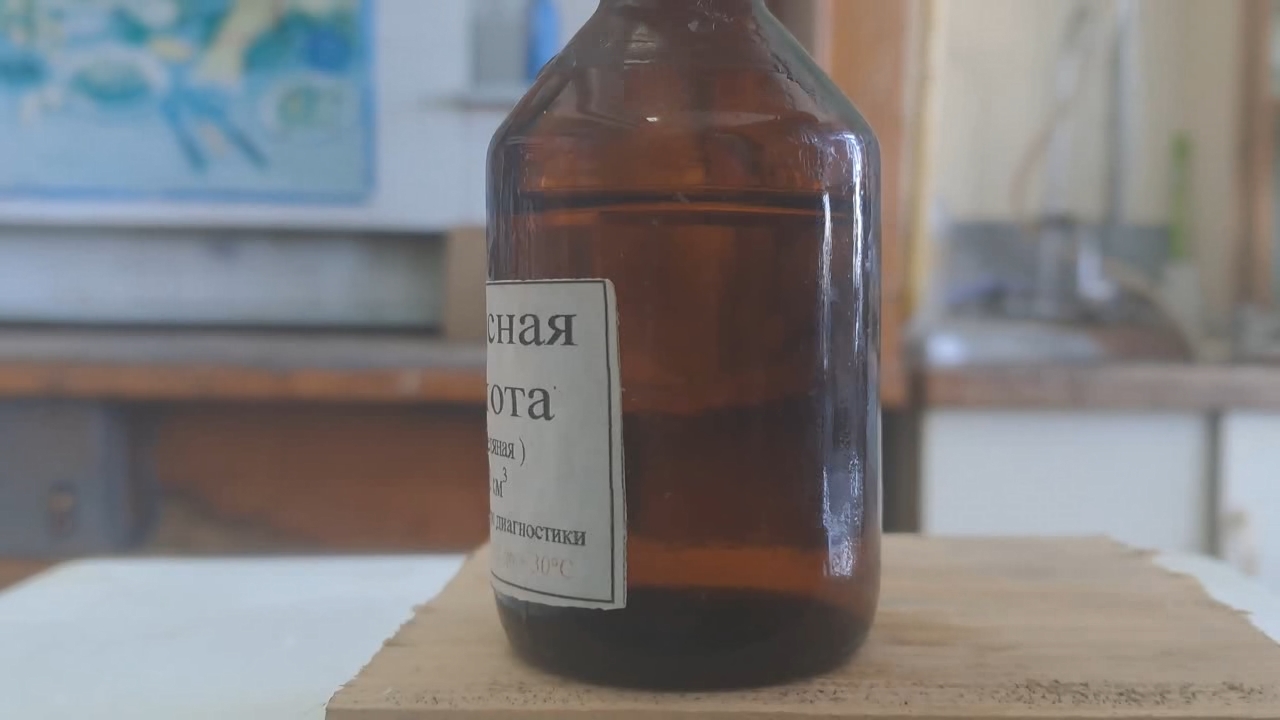
|
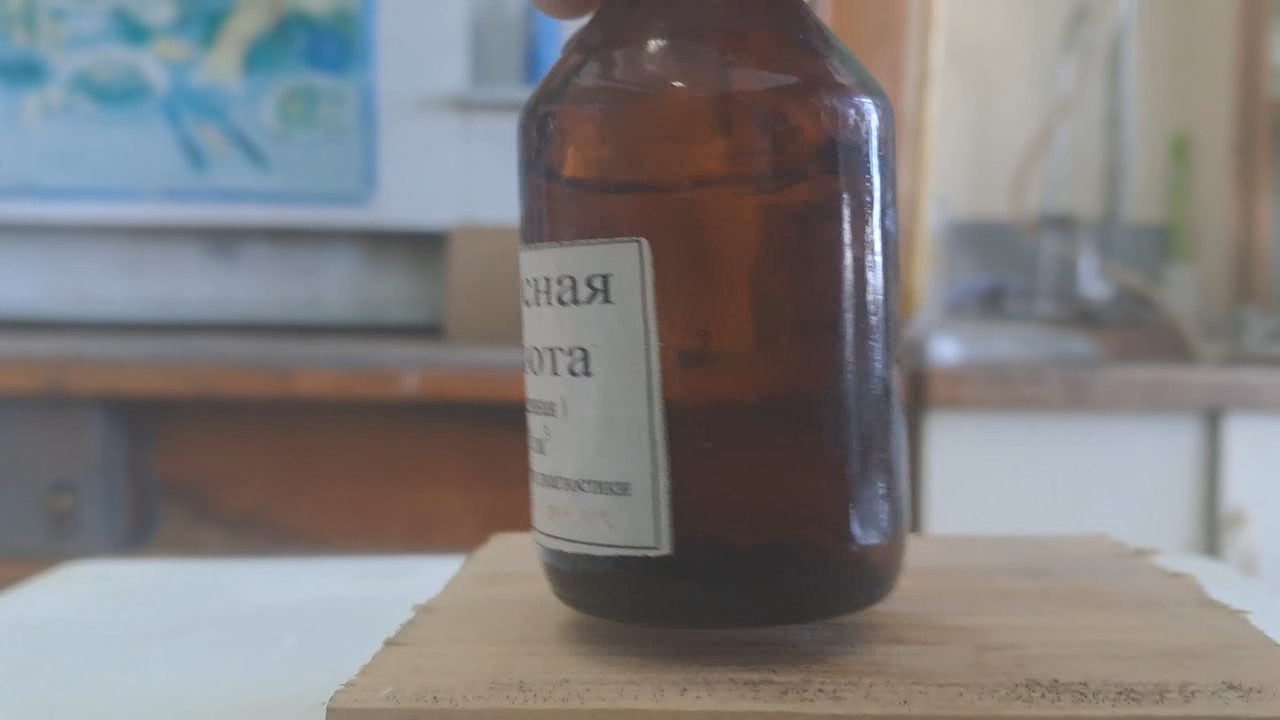
|
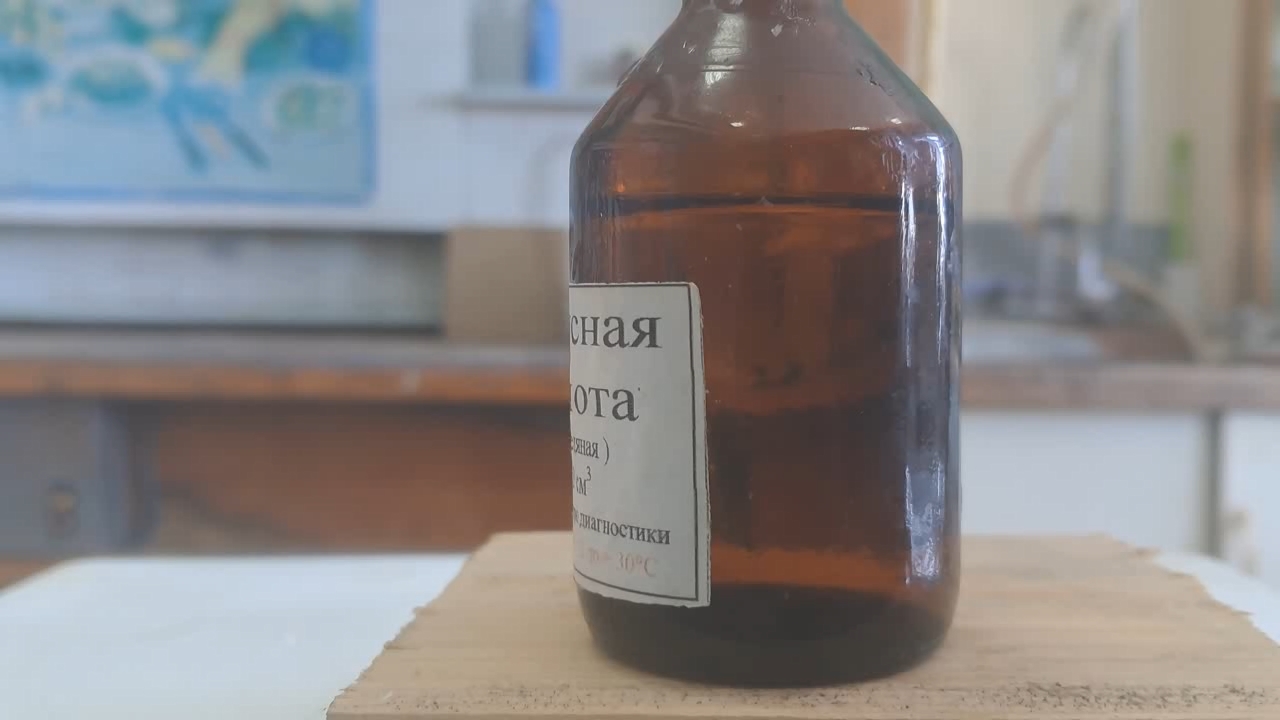
|
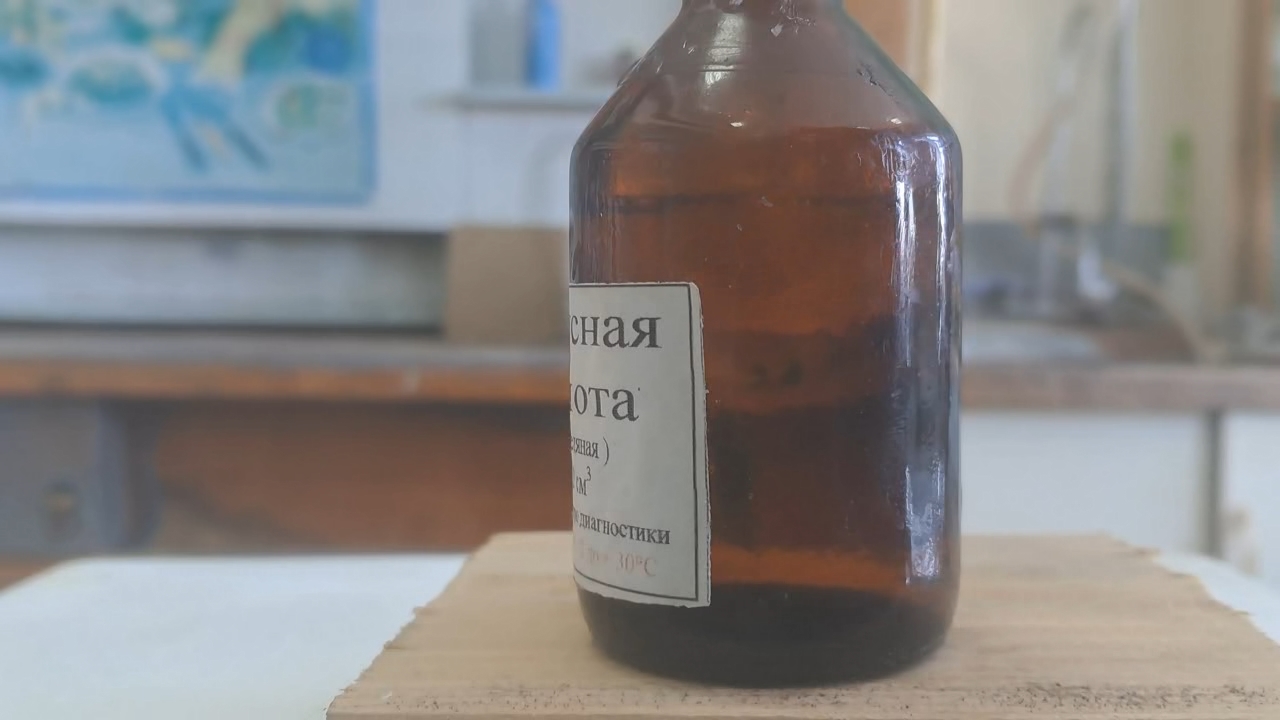
|
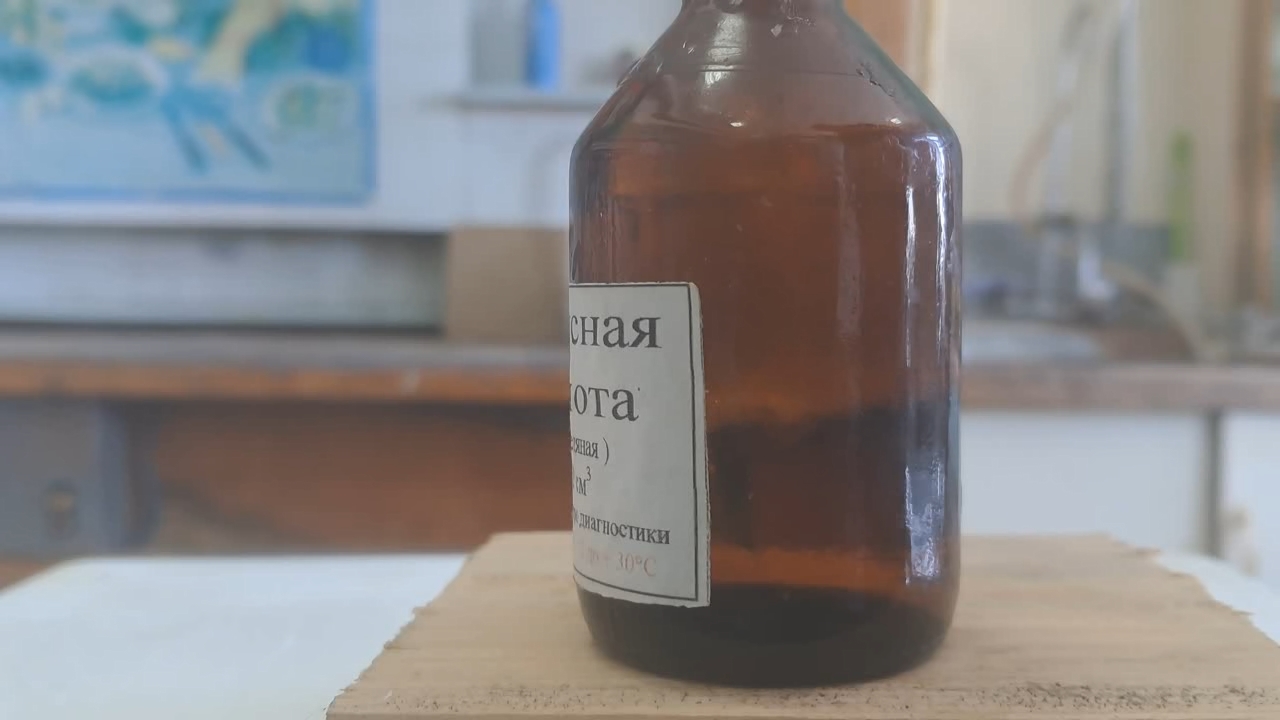
|
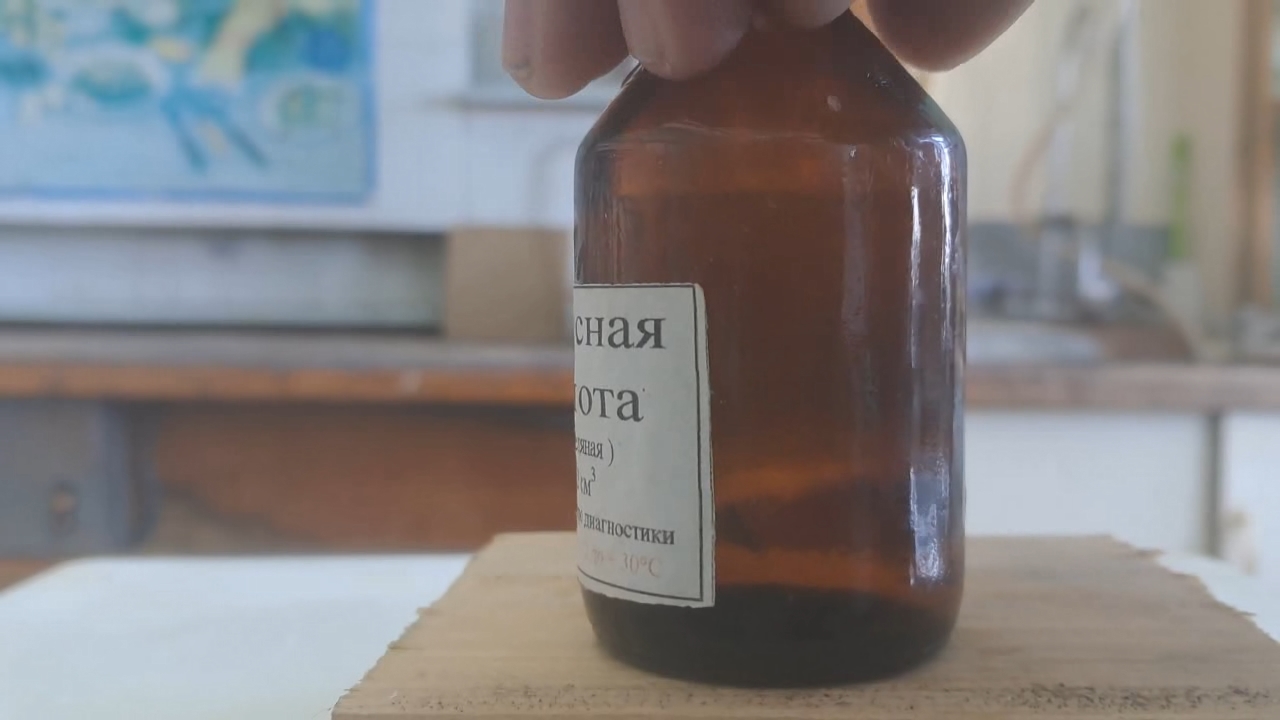
|
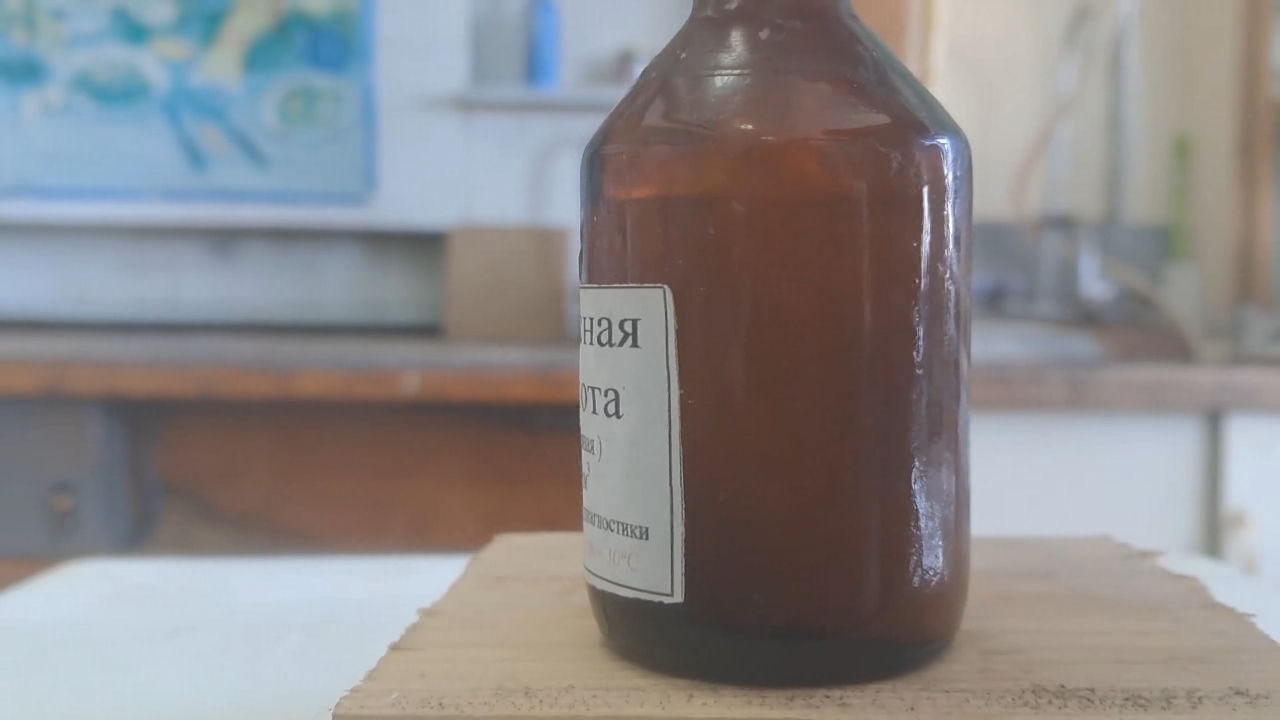
|

|
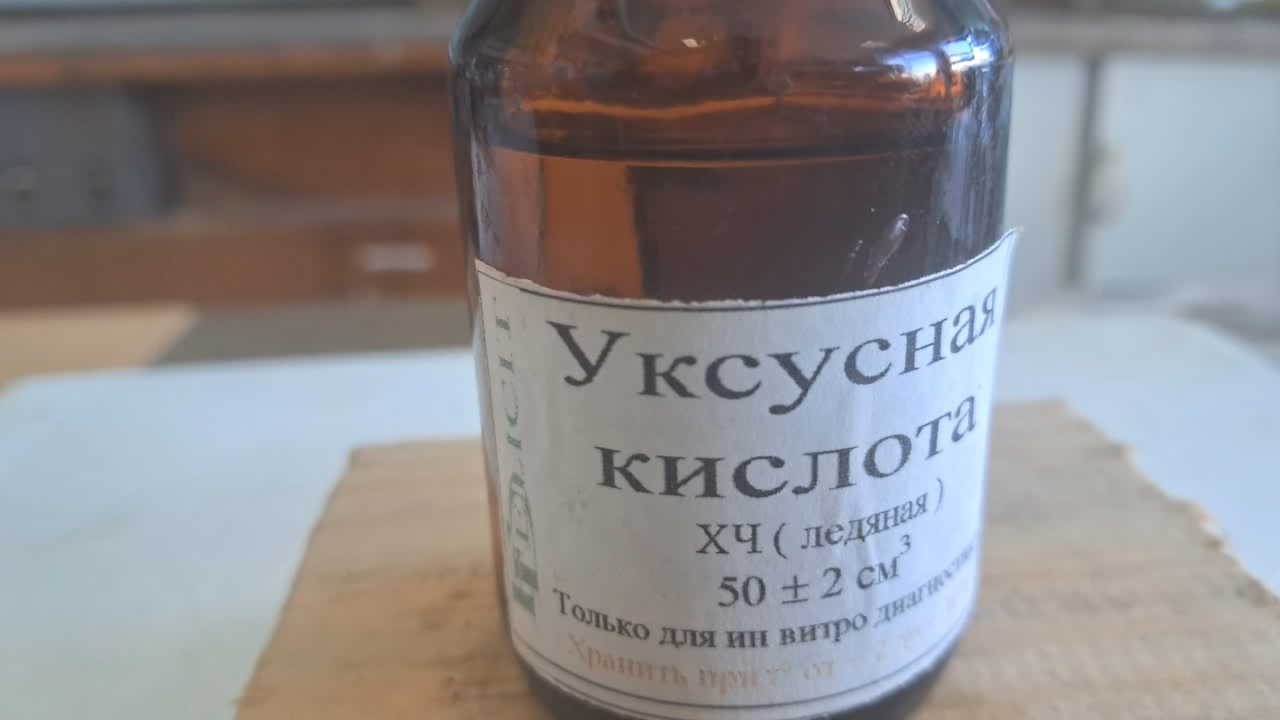
Crystallization of Supercooled Acetic Acid |
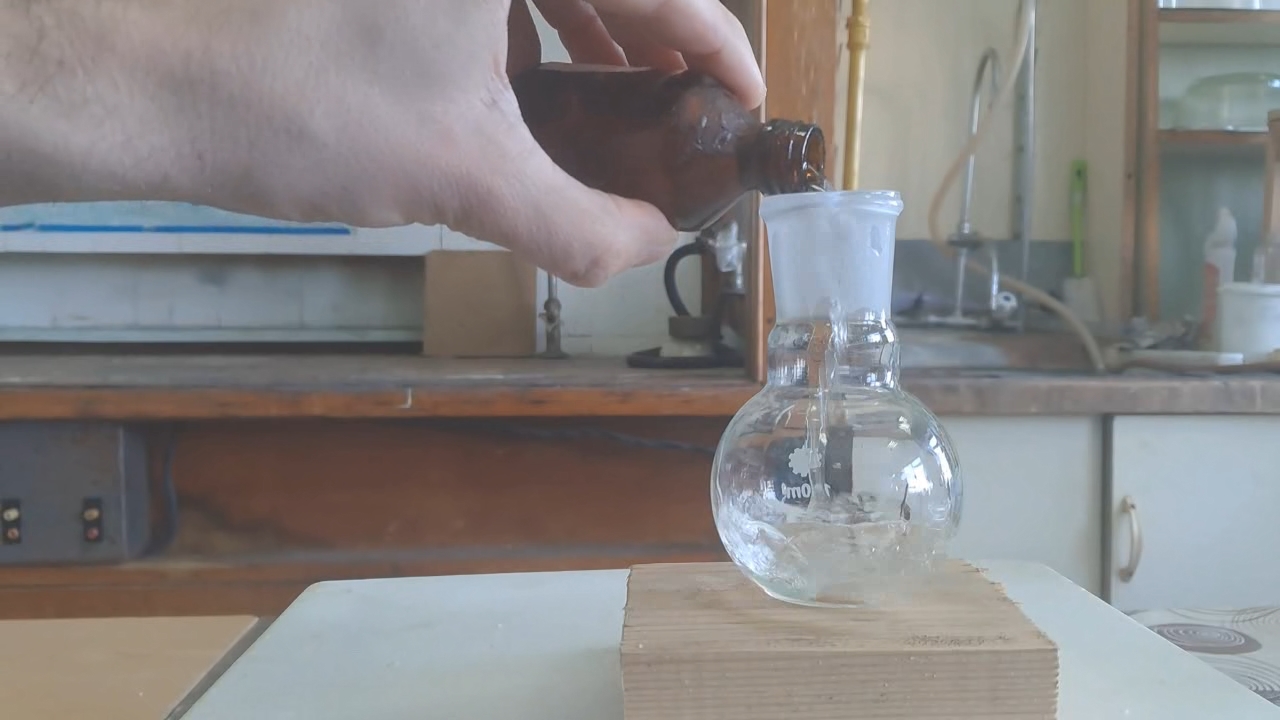
|

|

|
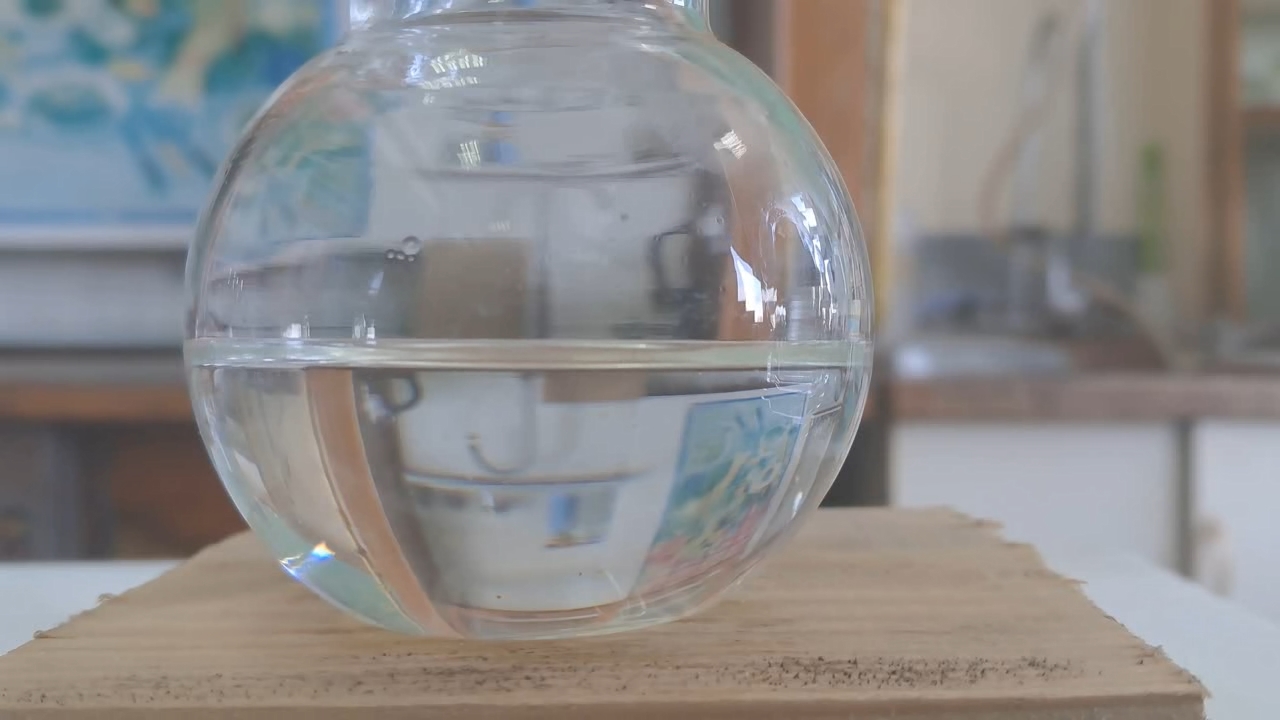
|

|

|
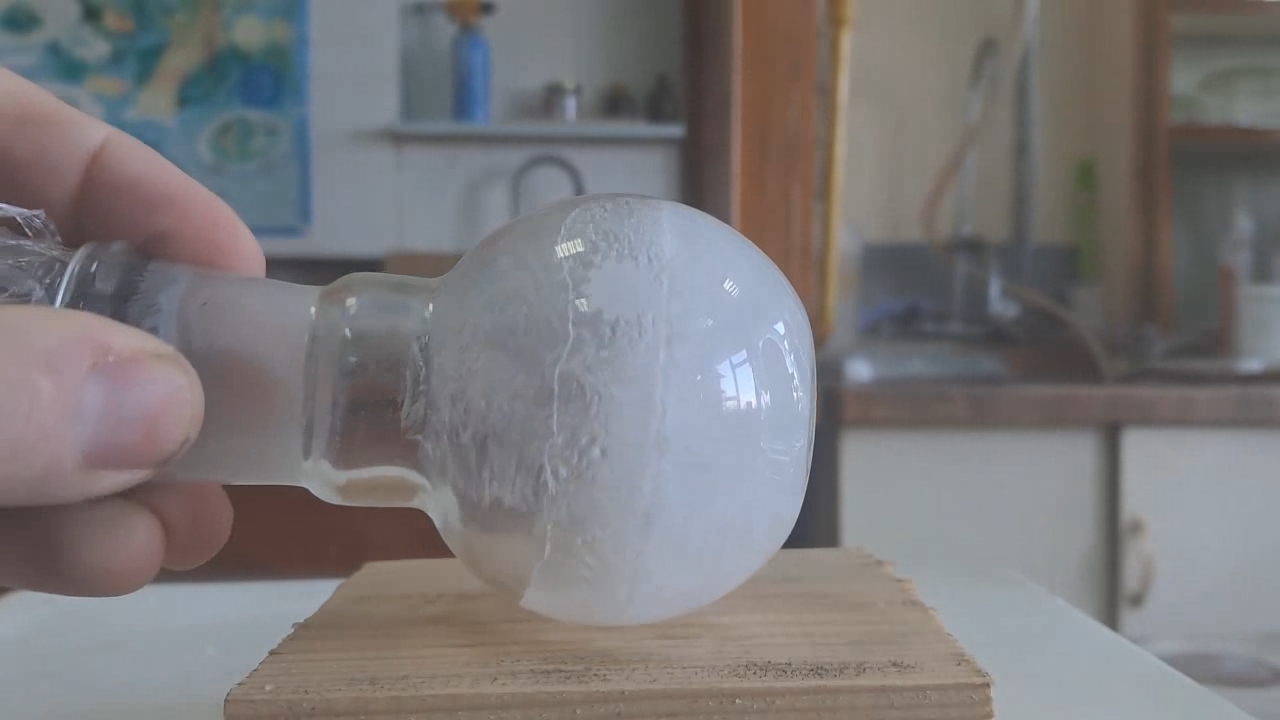
|
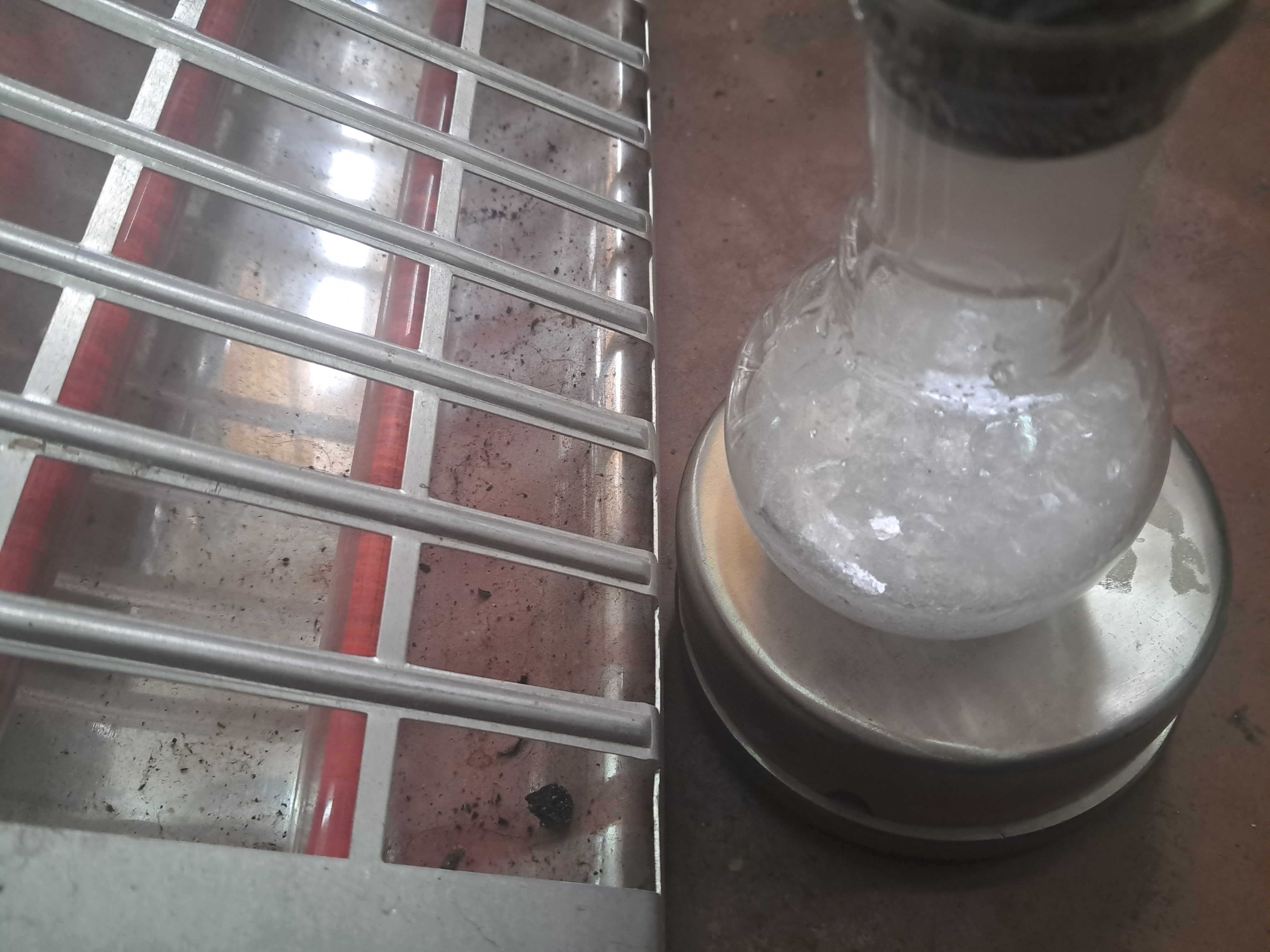
|

|
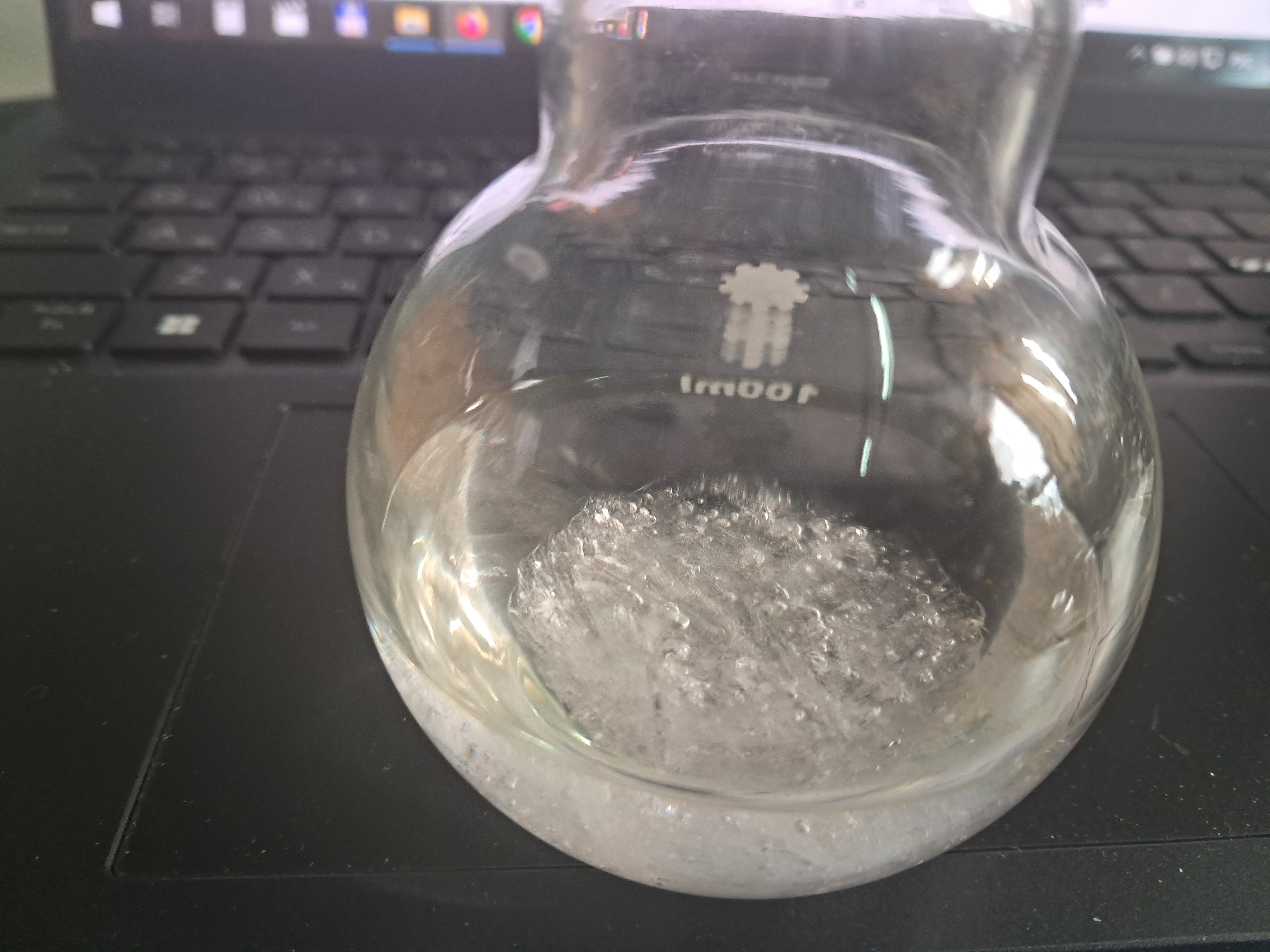
|
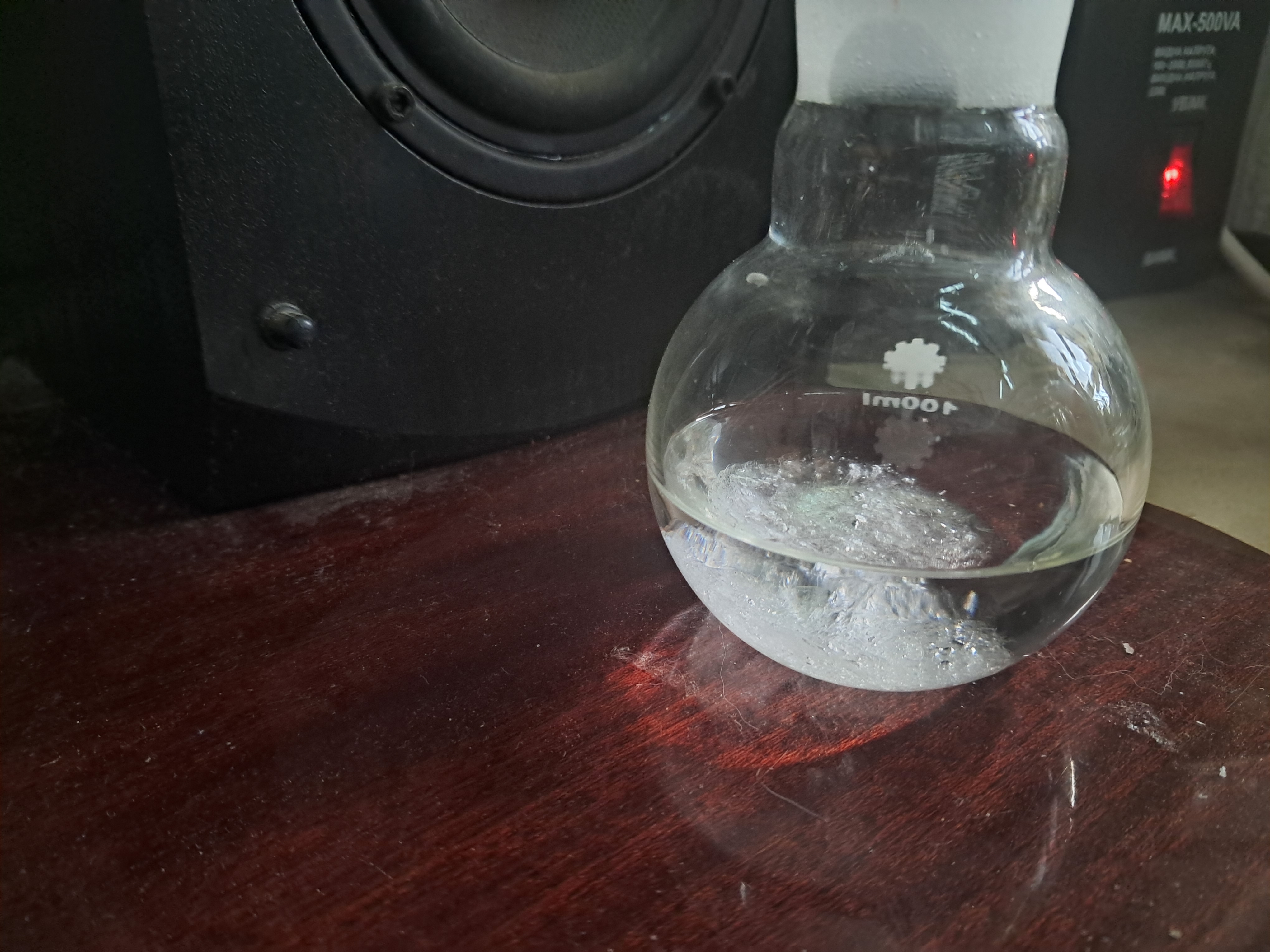
|
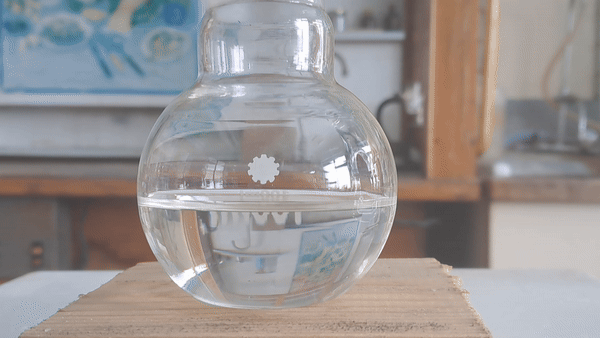
|